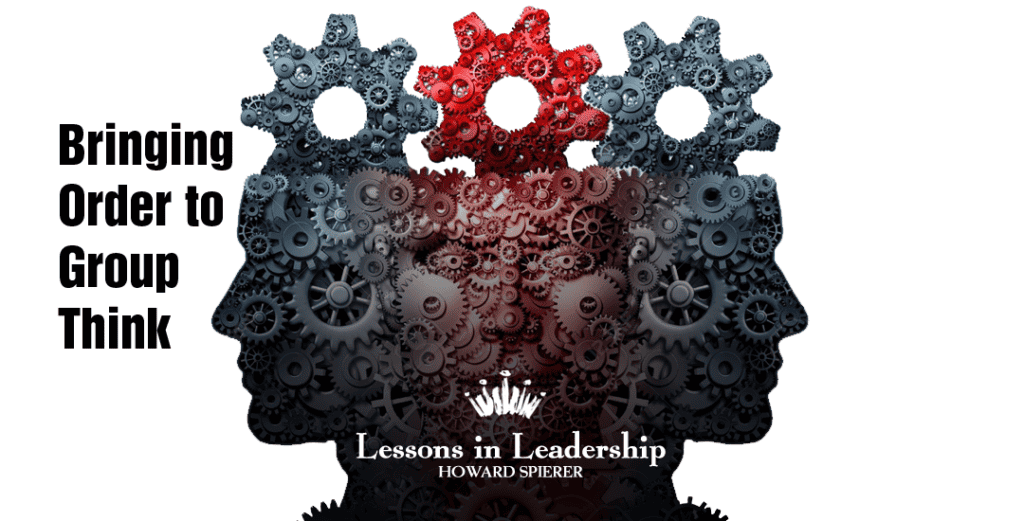Howard Spierer Columnist
I truly believe that what follows is gold for anyone charged with leading a group through the decision making process. While I refer to the archetypal energy of the King, Warrior, Lover and Magician, the construct works with other reference points. One thing I have realized is that in every group the default energy of every participant varies, but you’ll find:
- There will always be a visionary who sees things as he believes they could be.
- There is the naysayer who finds fault in everything.
- There is the feeler who finds themselves triggered on an emotional level to the prospect of the proposed change.
- There is the process person who struggles with how things will get done.
- There are also the enablers who will egg one of the participants on without really adding something to the process.
- The flipside of that are the dismissers who seek to shut a participant down by attacking them personally rather than giving credence to the feeling, critique or concern.
- And there is the mediator who is able to hear the dissonant voices dispassionately and marshal them towards a common goal.
Some people may vacillate between these energies, but over time you’ll detect some consistency in their response.
In my experience the difference between a cluster fuck and well-honed machine is giving those energies the time and space to breath and acknowledging you’re doing it. To accomplish this I propose the following:
- First set the grounds rules – when someone speaks, no interruptions, no questions, no side talk, no jokes.
- As your visionary is making his pitch, scan the room. Who’s squirming? Who’s nodding or shaking their head emphatically? The most animated person is your first go to.
- If you’ve done your homework you’ll know the tenor of their response.
- So preview it and frame it.
- So now I want to only hear about the problems or downsides to this idea. Turn to your naysayer, “Joe, what do you see as a problem?” Warrior, what’s the challenge at hand?
- Or your emoter: “How does that make you feel?” “Lover, what emotions are triggered?”
- Or the processor: “What questions do you have?” “Magician, what don’t we know?”
At the end of each segment turn to your mediator for a summary. King, bring order to the potential chaos. Confirm buy-in that everyone heard the same thing then move to the next archetype.
The order will typically be Warrior, Lover, Magician, Kking but don’t get locked into that pattern. Allow the energy of the room to guide you. Sometimes you may want to flip the default, ask your naysayer to identify a potential benefit before calling out the problems. Ask your magician to identify known resources you can easily rely on, or ask your king to identify gaps.
In my experience framing segments allows for clearer listening, creates less annoyance and limits dismissiveness.
It doesn’t guarantee success but it does make it easier to identify where you went off the rails.

